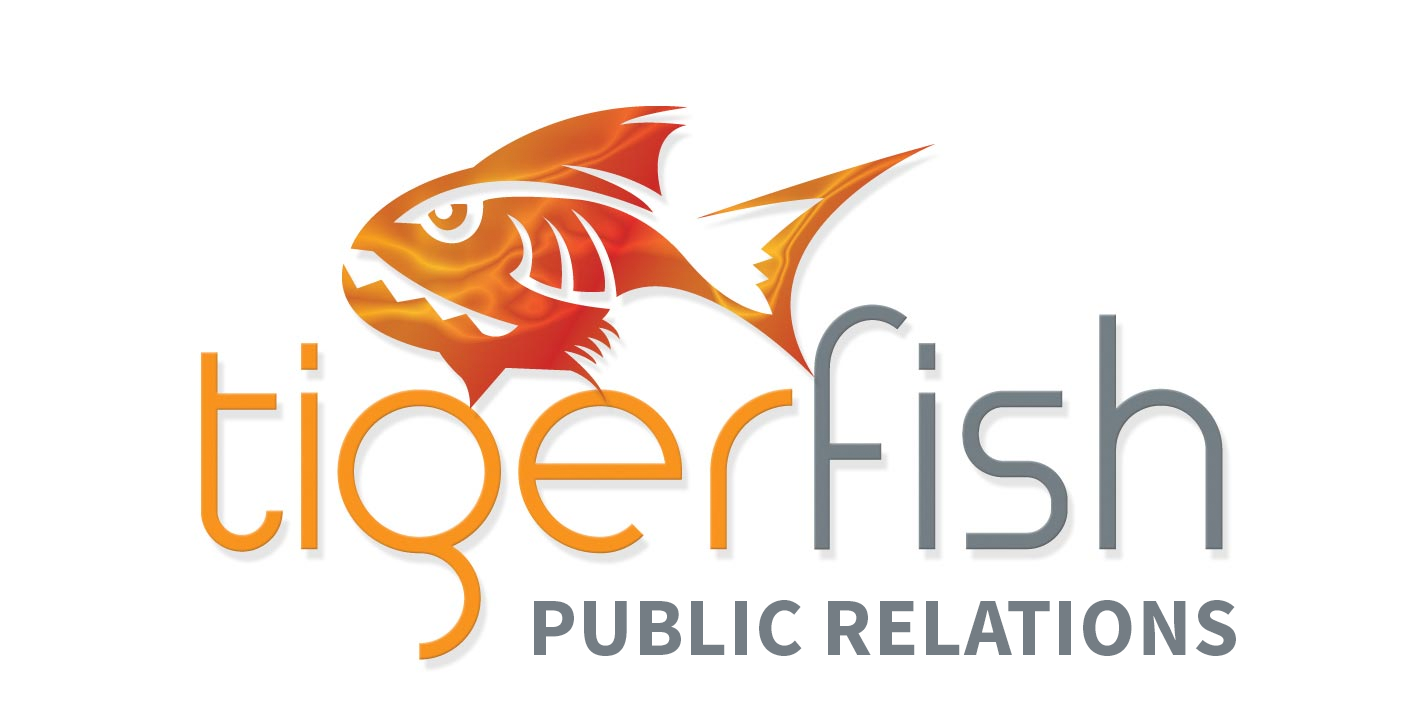Hello world!
March 1, 2017Ten Tigerfish top tips for social media (part 1)
May 1, 2017Confused by @ # RT and DM?
I really enjoy being on Twitter.
With it, I’ve developed my network, discovered some great people – locally and further afield, broadened my early warning system for news, built my reputation, sought advice, offered advice, found new routes to market, increased communication and improved my Google ranking. It’s perfect for creating connections and conversation.
So what’s not to like?
Well, clearly it’s not for everyone, and, used incorrectly, there can be some issues regarding tone, strategy and authenticity. But that aside, if you’re thinking of trying it out, here’s a quick translation of some twitter-specific abbreviations.
@
This is used to send someone a message. Use @their twitter ID ie. @amandatigerfish.
Use it to directly engage with someone, or to reply to a tweet. Remember, everyone can see it – it is a public tweet accessible to all.
To reply using twitter.com, hover over a tweet, and click on the ‘reply’ link which magically appears.
You can see which messages have been sent to you, by clicking on the @mentions tab on twitter.com (or on the @ button on other client software, like Tweetdeck)
RT
This means re-tweet. If you see a tweet that you think would be of interest to your followers, you can share it with them by ‘retweeting’ ie. send it out to them.
Retweeting adds value for your followers & builds up rapport with the person who created the initial link. I usually like to say why I’m sending something onwards, so my RT might look something like this:
‘I really agree -> RT @amandatigerfish new blog post on choosing a PR agency bit.ly/fRqBfX
On twitter.com, hover your cursor over the tweet you want to share, then the RT button will appear. Remember though, on twitter you can’t edit the tweet before sending, but you can do that on programmes like Tweetdeck.
This is important if you want to add a comment, or remove some words to make sure it sticks to 140 characters.
There’s also a clever little tab on twitter.com called ‘retweets’ which allows you to see:
• What you have retweeted
• What others in your timeline have retweeted
• Which of your own tweets has been retweeted
It is very poor twitter etiquette to pass something off as your own so credit the person who flagged it up to you by RT=ing
DM
This is a direct message. Rather like an email, it cannot be seen everyone, just the person who has received it, and the person who sent it.
You cannot DM someone who isn’t following you.
I like to use DM’s to continue a conversation. Don’t forget that your followers might well only see one half of any dialogue (how irritating) or you might end up ‘spamming’ them with general chit chat.
There are a number of ways you can create a DM.
• Either log into twitter account and click on ‘messages’ at the very top of the page. This will show all the DM’s you’ve sent. Just type in another message here and send.
• On Tweetdeck, hover over the profile photo and 4 quadrants will appear. The top right quartile creates a DM.
• Just type in someone’s Twitter name, replacing the @ with a D
A word of caution though – whilst these DMs are private, I find (as my followers will vouch!) that it’s quite easy for DM’s to become ordinary tweets because you don’t press the right button. Make sure you don’t say anything too contentious.
#ff
Basically, a hash tag (#) makes things easier to search, and ff is short for Follow Friday. And Friday is traditionally the day when we highlight people we have found helpful/friendly/knowledgeable/good eggs and want to publicly acknowledge this.
However, I have come across a couple of truly inspired blogs explaining exactly how what #ff means and how to use it, so my recommendation is that you take a look at them. I’ve put a link to them here and here . (from John Walker and Rebecca Parker respectively – both social media stars).
So that’s about it on the deciphering front. If you want to know more about Twitter, or would like to attend my next workshop on ‘Twitter and PR – what you need to know’, click here.
